Last Updated on April 25, 2023 by Lisa Vargas
If we have learned nothing else over the last decade, it is that survival is necessary and fun to learn.
There are plenty of scenarios playing out right now that could threaten your safety and mine.
Being prepared and knowing how to survive in the wilderness has never been more relevant.
In addition, we have proven that we enjoy learning these wilderness survival tips.
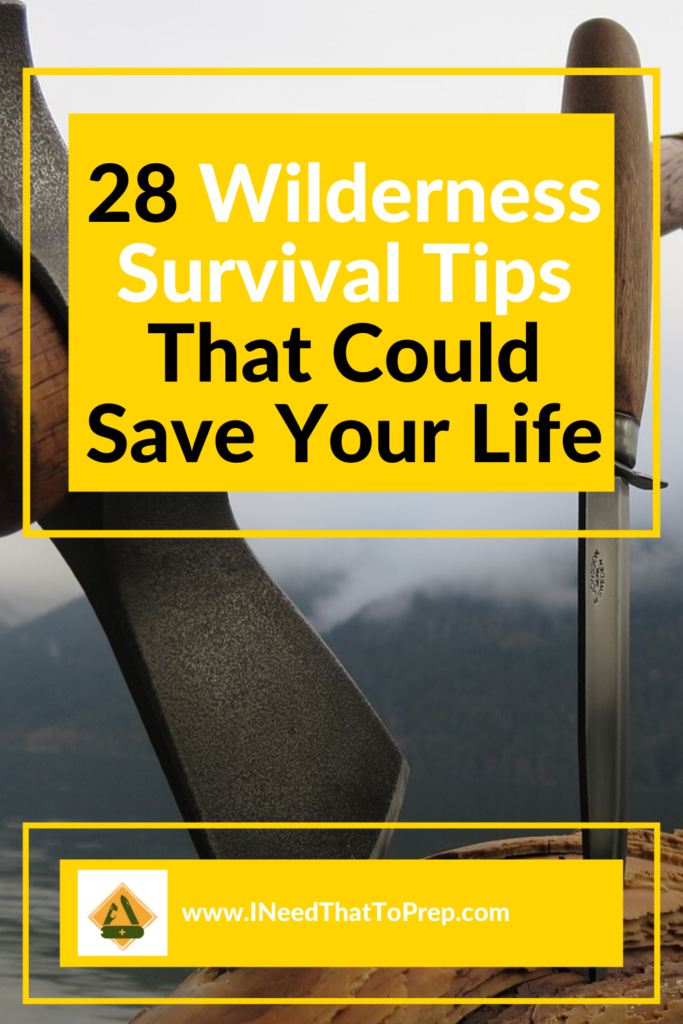
For years survival-based television shows, web sites, and blogs have held the attention of the public. While learning all the skills you will need to survive can be a daunting task, tips and tricks seem easier to remember.
In this article, I will cover a wide range of simple tips and tricks you can remember to help you survive. They will vary greatly in their purpose, but all will give you a better chance of making it out alive.
1. Swap Out Paracord For Shoelaces
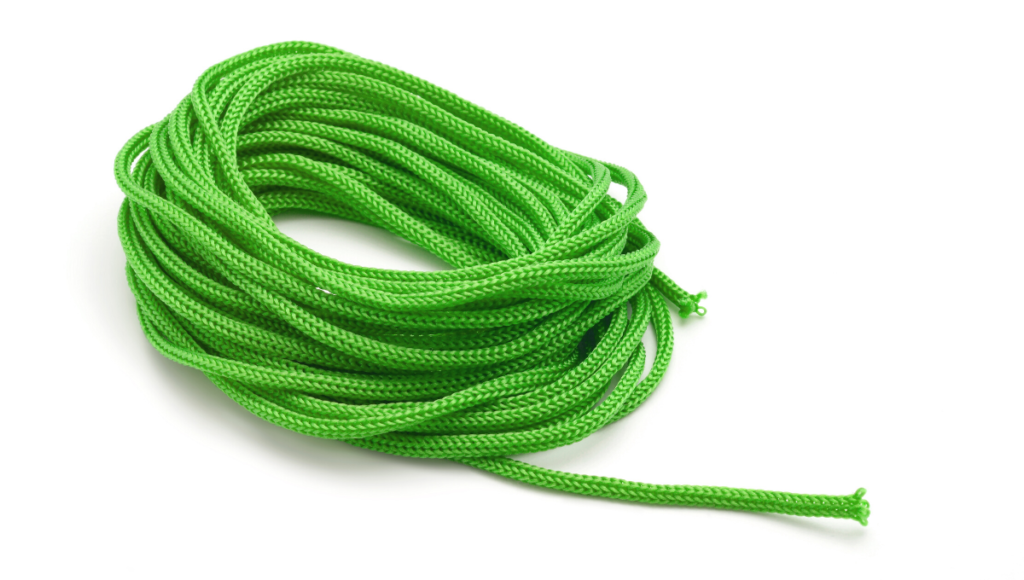
Swap out paracord for shoelaces – Cordage is one of the most important tools you can have in a survival scenario. While you can make cordage in the wild, having some handy is always helpful.
If you use 550 paracord, you have seven interior strands with a combined strength to hold 550 lbs. You can split open those pieces of paracord to get a total cordage amount of 30 to 40 feet.
This can be used for snare traps, for building a shelter, and for dozens of other tasks.
2. Hunt Barefoot
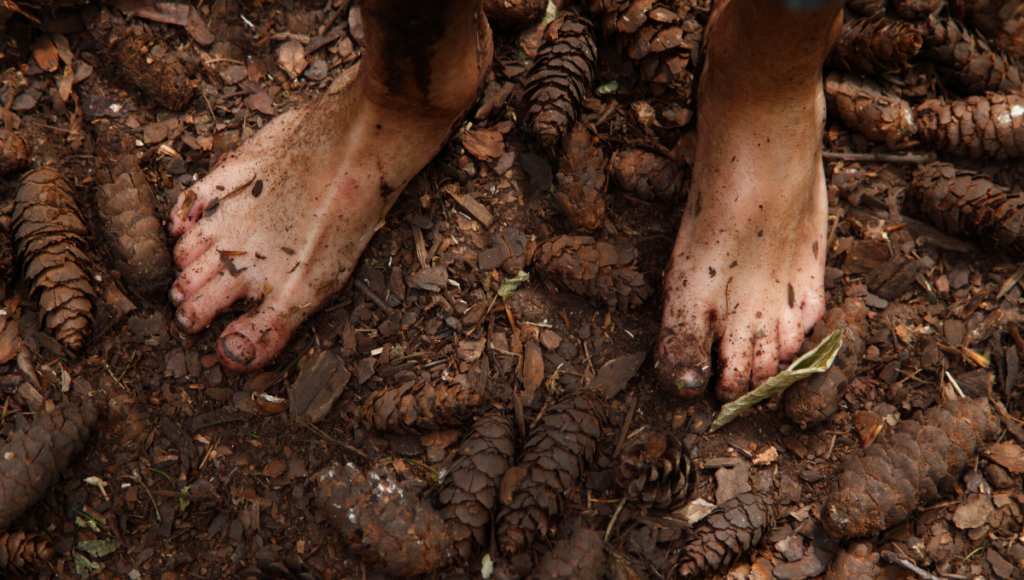
If you plan to do any primitive hunting, you will need to get very close to your prey. While protection for your feet is important, you also need to be silent as you move through the forest.
You need to be able to gently put down your feet and feel sticks and leaves as you step down.
Unless you have moccasins, barefoot is the only way to do this. It will help you stay silent as you stalk prey.
3. Keep A Pocket Fishing Kit

One of my favorite wilderness survival tips is this one! You would not believe how many goodies you can fit into a mint tin. All you really need is some fishing line (5 to 10 lb test), a few hooks, some sinkers, and maybe a few spoons or rubber worms.
You can find some great pocket fishing kits on Amazon.
This is enough to do some hand fishing to find food, and it fits in your pocket.
4. Use Water Vines

Water vines are long vines found in the jungle that run from the ground up the trunks of trees to the canopy. They are filled with fresh water that is potable. Cut the vine and sip from the upper length.
5. Stick To Ice, Not Snow

Ice is 90% water and 10% air while snow is 10% water and 90% air. If you must melt something to get drinking water, get chunks of ice.
In most cases it is safe to drink once melted.
For more about how to filter water in the wilderness, you can read our earlier post on water purification.
6. Always Follow Water Downhill
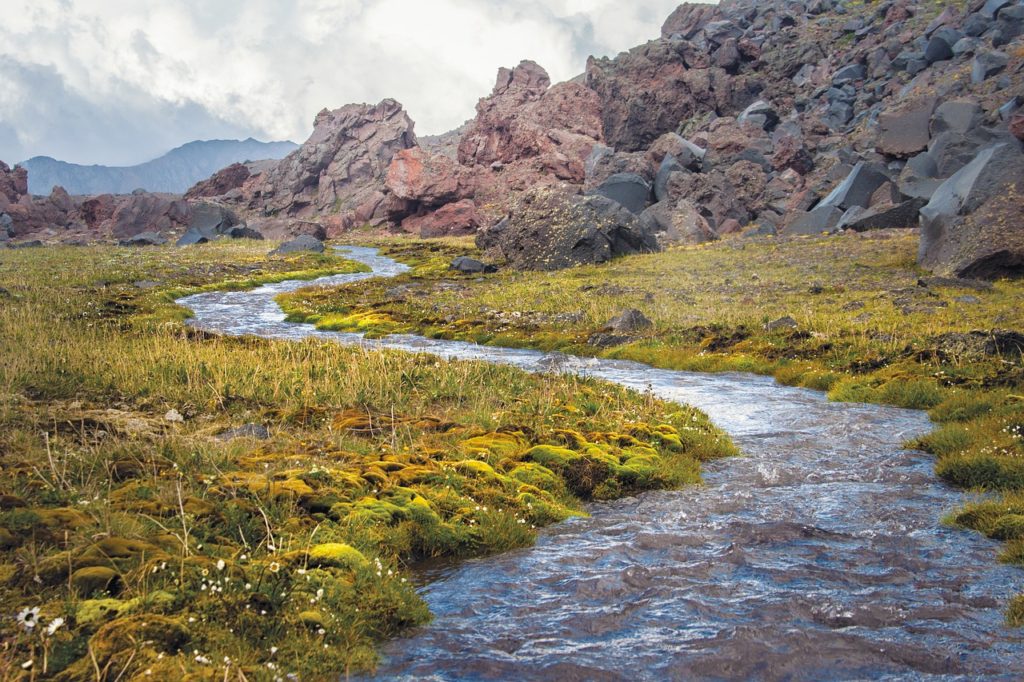
If you are trying to find water, you should always be heading down. This wilderness survival tip is crucial if you’re lost or you’re not sure which way to go.
Keep moving downhill until you find what looks like a creek bed or gulley. Even if it is dry, it can lead you to water, just keep going downhill.
You can also follow established game trails to find water.
7. Do Not Eat When Dehydrated
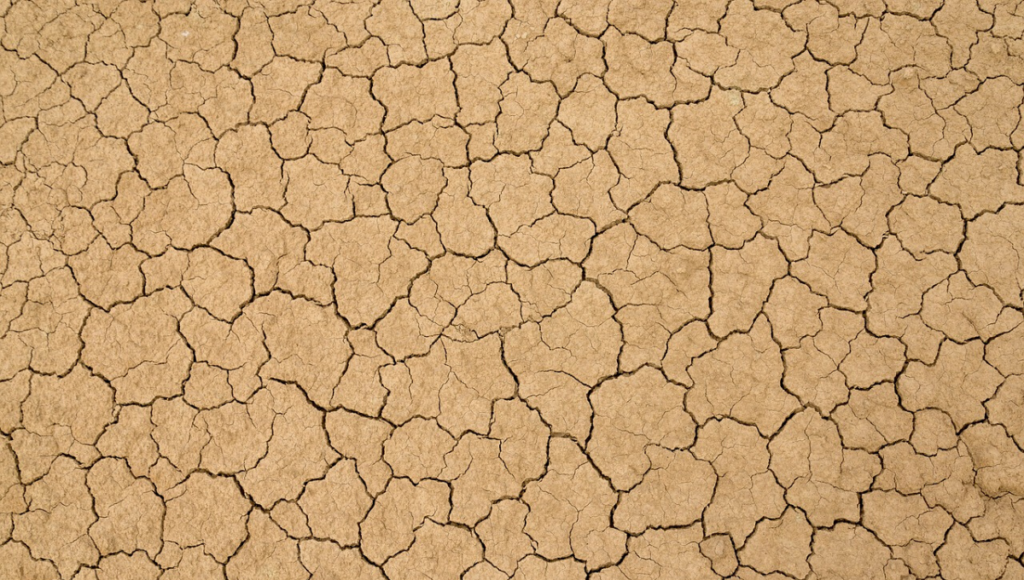
Most people don’t realize that it takes water to process food.
You could be starving and dehydrated and find food out of the blue. Do not eat it until you find some water. You will just dehydrate yourself further.
8. Use Natural Accelerants For Fire
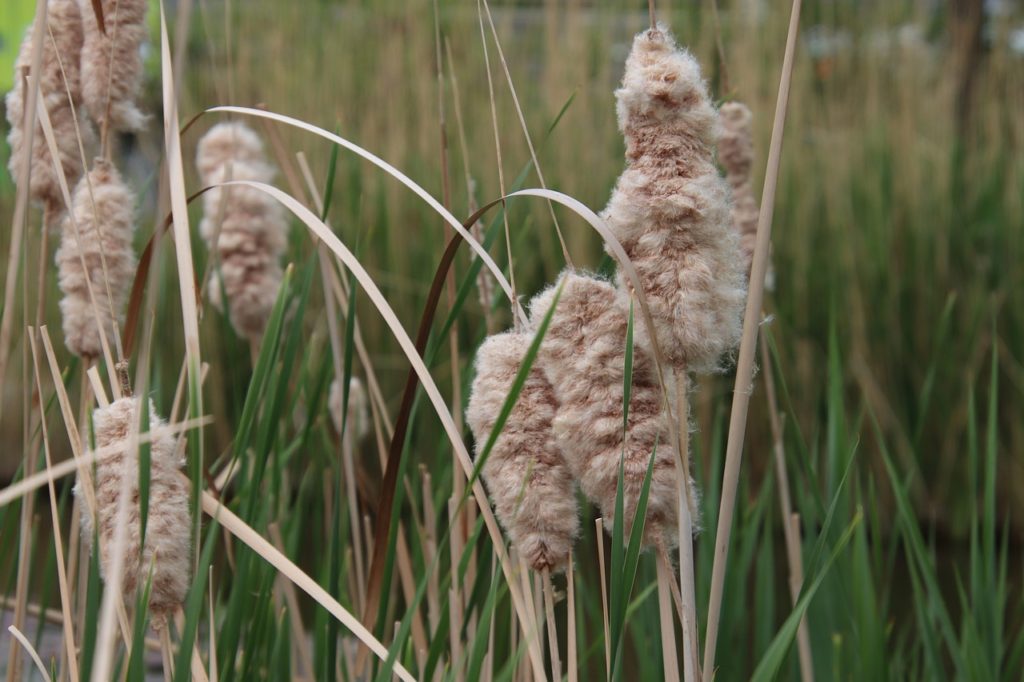
Often I have found that I cannot get a fire started because the tinder I have is too damp.
There are substances in nature that still work well when wet. You can break open a cattail head and use the dry fluff inside.
Bird’s nests are typically dry inside. However, birch bark and pine sap are flammable and waterproof.
They have chemicals that make them light in almost any condition. Feel free to read our earlier article published called How To Start A Fire With Wet Wood.
9. When Signaling, Create Contrast

There are so many different ways to signal for help. However, they all have one thing in common.
They create contrast against their surroundings. Smoke signals use rubber or plastic to create black smoke against a white sky.
Honking a horn creates a contrast with the sounds of nature. Flashing from a mirror contrasts with the constant light of the sun.
These are the things that will get the attention of rescuers.
10. Carry Multiple Ways To Start A Fire
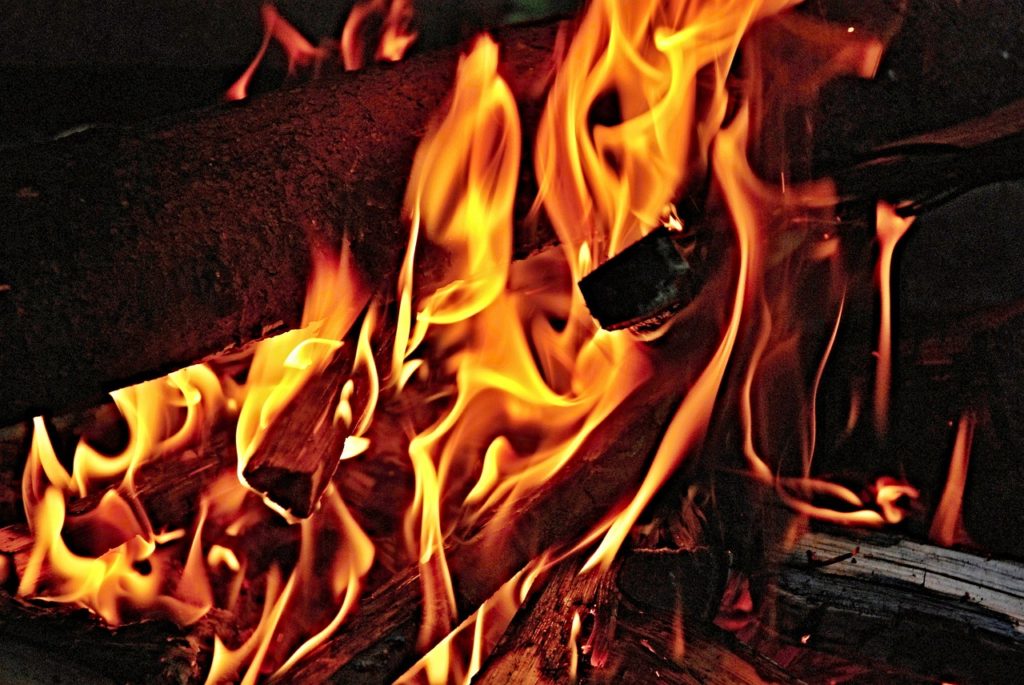
While most methods of fire starting are reliable, it is always a good idea to have a backup plan.
Lighters can run out of fluid. Matches can get wet. Ferro rods can get lost.
I typically keep a Bic lighter, a Zippo lighter, and a ferro rod with me at all times.
You can also read our article on the best firestarters for wet wood to help with more ideas.
11. Try Bean Sprouts For Food On The Go

One of the biggest challenges when bugging out is getting fresh food while on the move.
You will likely be eating a lot of jerky, MRE’s, and canned goods.
However, bean sprouts can be a way to get fresh food. Put a bunch of dry beans in cloth and soak them overnight.
Get them wet again twice a day. Tie them to the back of your pack to get air and sunshine.
Within five days you should have sprouts you can boil or roast with dinner.
To read more about the best survival food for preppers read our article titled “Best Survival Tool Kits: Be Prepared For Anything.”
12. Dig A Gypsy Well For Water
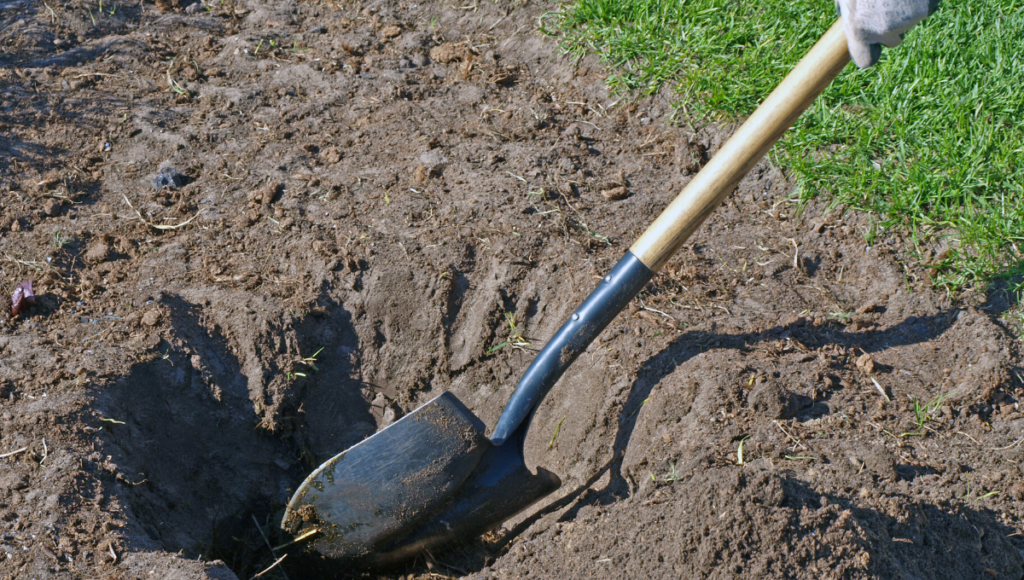
Dig a gypsy well for water – As a last resort, you can just dig a hole to partially purify water. While it is not nearly as good as boiling, you can dig a deep hole next to a water source.
You should be at least five feet from the edge of the water. Dig down so the bottom of your hole is at least a few inches below the waterline.
Then give it 30 minutes for the debris to settle.
13. Use Gum Wrappers To Start A Fire
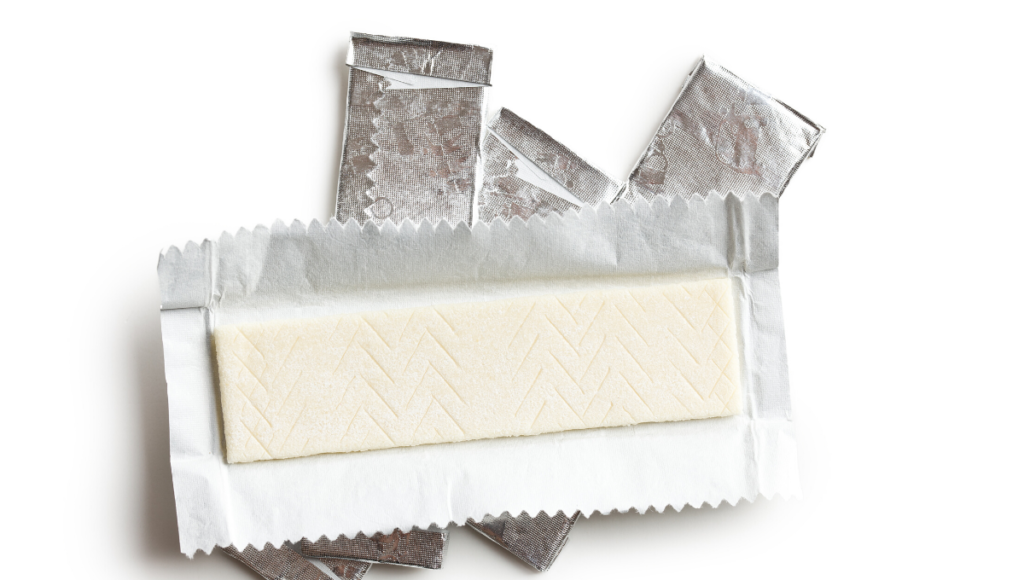
Use a gum wrapper to start a fire – Gum wrappers are unique in that one side is thin paper and the other is thin foil.
If you do it right, you can use it to create a flame. Cut a long strip and then notch the center so there is a thin strip in the middle. It should look somewhat like a butterfly bandage.
Touch each end to the poles of a battery and the middle should flare-up to create a flame.
You only have one shot on this, so get it right.
14. Look For Widow-Makers
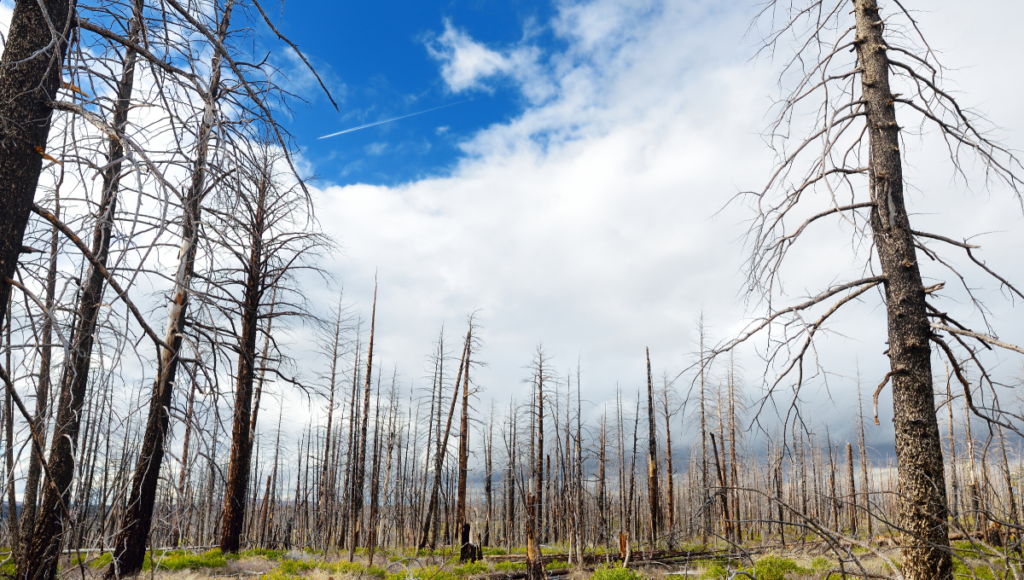
Look for widow-makers – A widow-maker is a dead branch or dead tree that could fall on anybody underneath.
Inexperienced campers often set up their camp under these hazards only to have a strong wind or snow storm bring the hazard down.
Always look up before you pick a site for your camp tent.
15. If Traveling In The Snow, Build SnowShoes
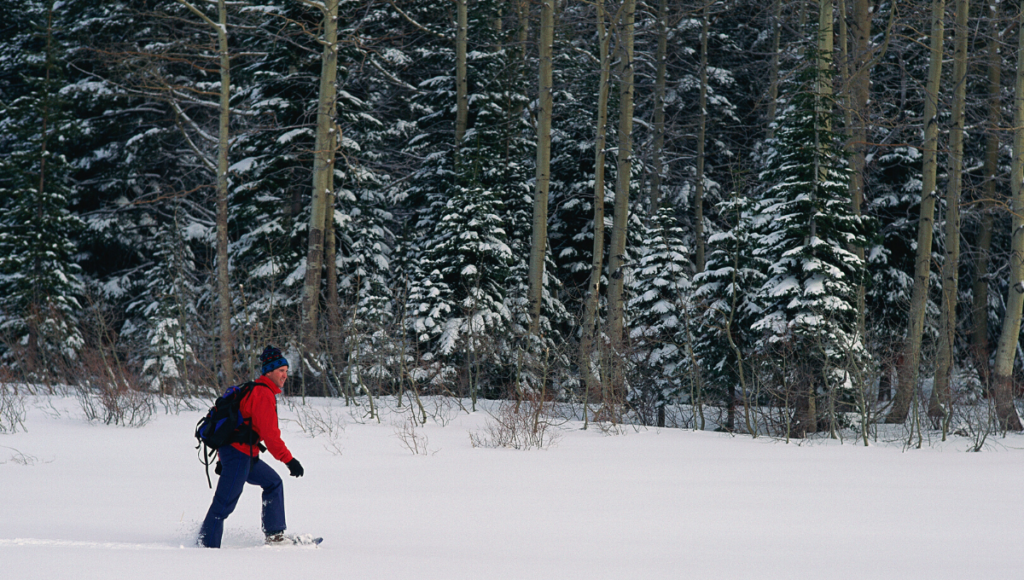
When snow is deep, you will expend a huge number of calories by lifting up your leg and ‘post-holing’ as you walk.
To walk on top of the snow, first, get some flexible branches. Each branch should be three to five feet long. Bend it back on itself and create a loop. Tie it off where the two ends meet and lash on a few more branches as supports.
From here you can add a tight cordage net or add green branches to create extra surface resistance against the snow.
16. Always Make a Bed
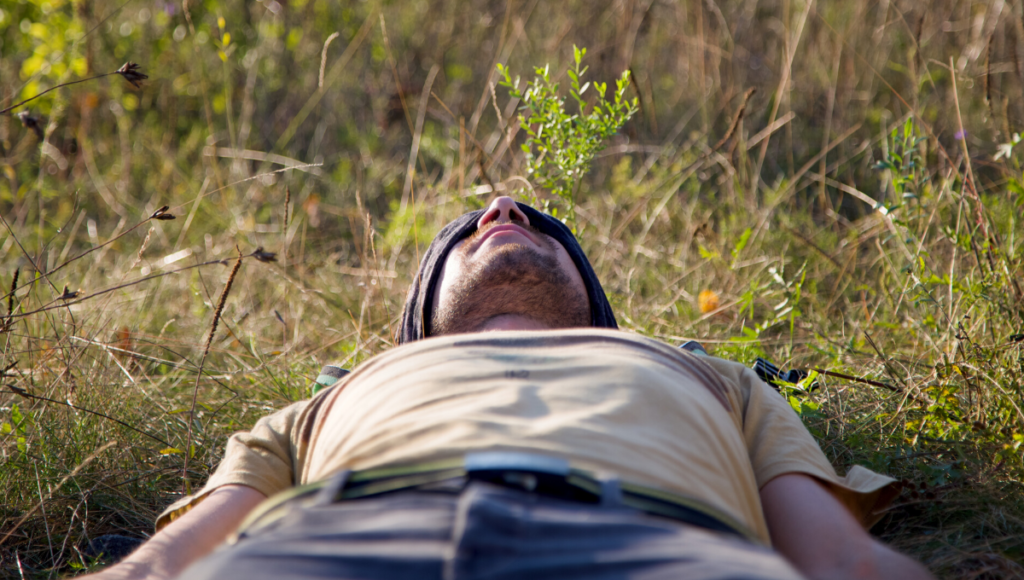
Sleeping directly on the ground is not just uncomfortable. It can be deadly.
The ground will suck the body heat right out of you. Either build a frame or hammock to get you off of the ground or pile up insulation.
Remember that you need to be at least four inches off of the ground, so your pile of leaves or spruce boughs should be more than 12 inches high when not compacted.
17. Give Yourself Plenty Of Time To Start A Fire
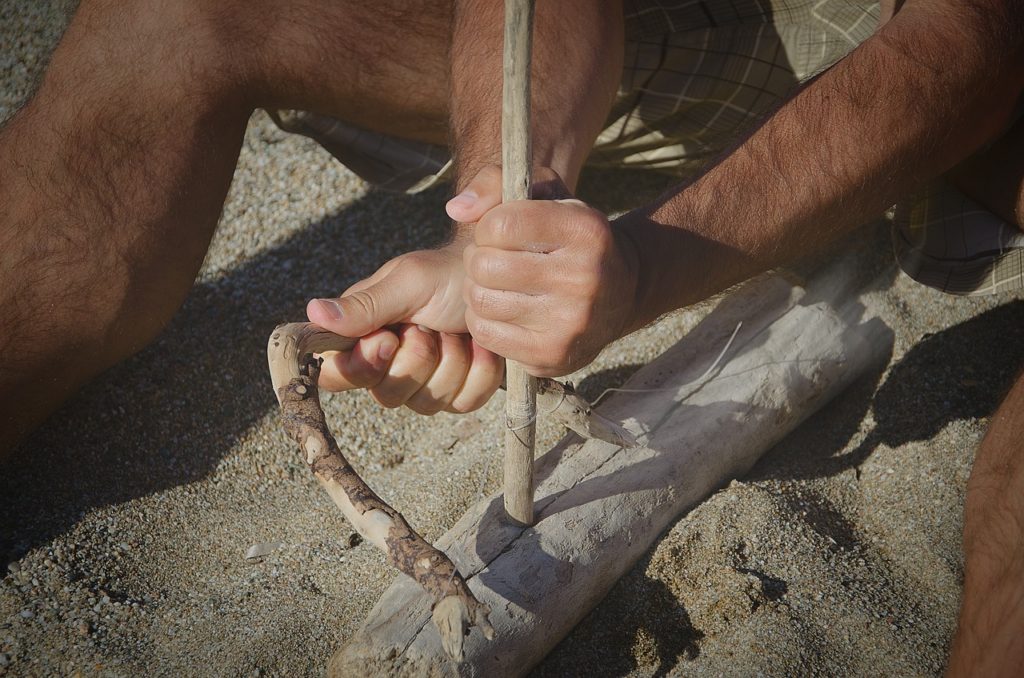
Building a primitive fire is rarely a quick process. Take you time to build up plenty of tinder, kindling, and fuel logs to make it through the night.
Then give yourself at least a couple hours of daylight. If tinder is even slightly wet, it could take a while.
18. Carry A Shemagh

Carry a shemagh – This large bandana is ideal for so many tasks.
At first glance, it is great for protecting your face and head from sun, rain, or wind.
In addition, this cloth is great to make a filter, create cordage, collect dew, start fires, and to bandage wounds.
19. Keep Your Shelter In Good Distance From Water
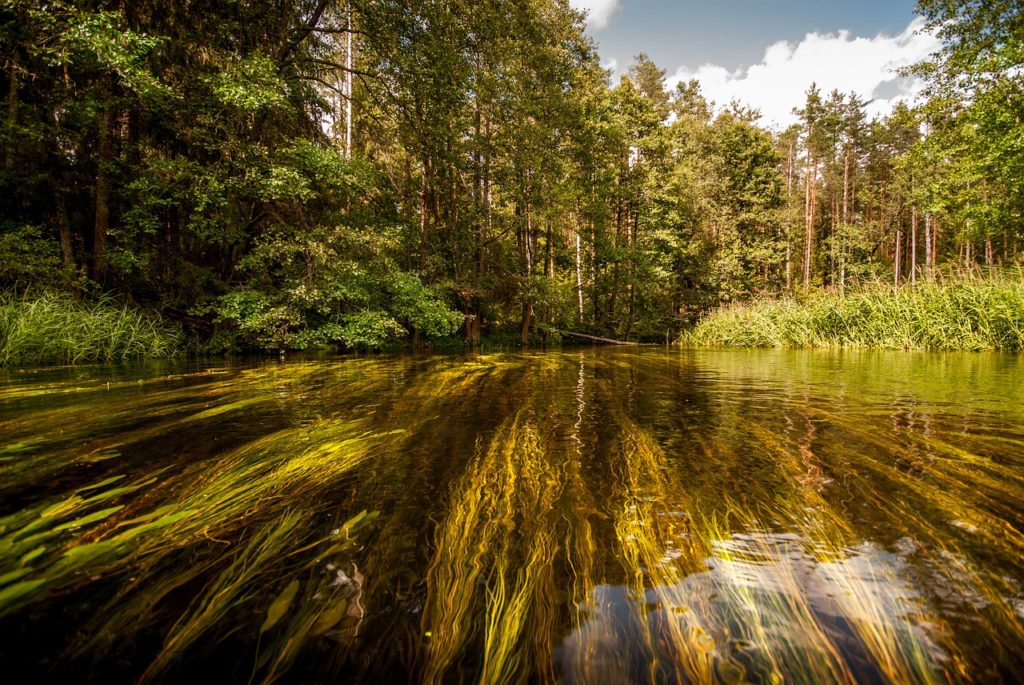
Keep your shelter a good distance from water – It may seem smart to build your camp next to water, but not too close.
Biting insects are near water. Predators are near water. Lakes, rivers, creeks, and tidal areas can flood if it rains.
Try to keep at least 100 yards from a water source.
20. Make Your Bed On Coals
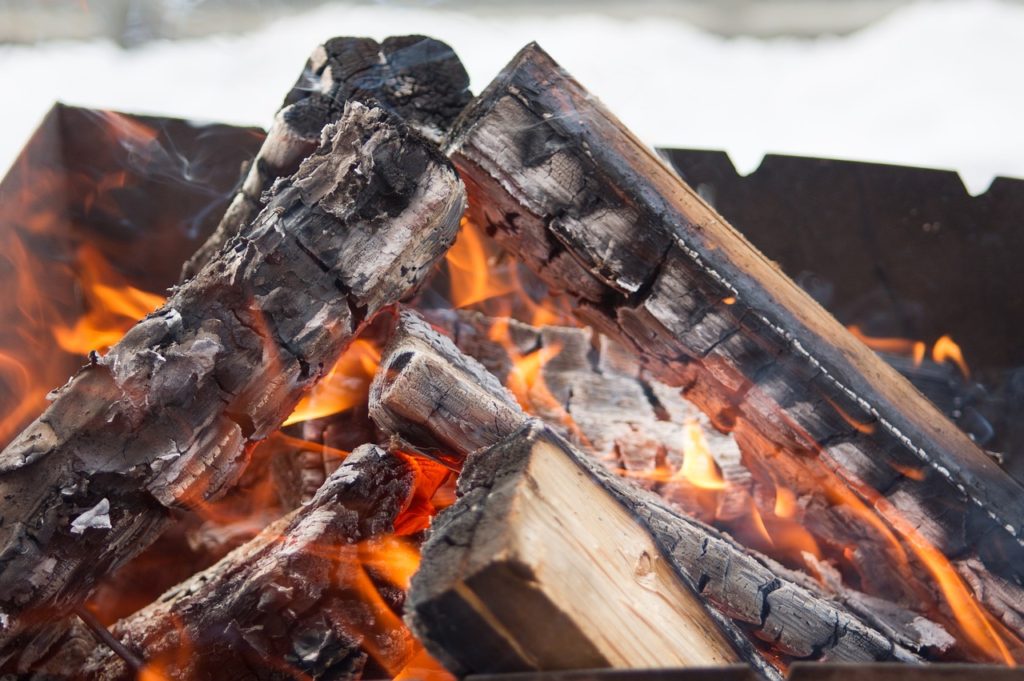
If you expect a cold night, get your fire built and burned down to coals in a shallow pit.
Then cover the pit with about 12 inches of dirt and build your bed on top. The residual heat will keep you warm most of the night.
21. Wear Clothing Loose

I’m sure you have heard to dress in layers, but clothing also must be loose.
Insulation needs a layer of air to keep warm next to your body. If you get warm enough to sweat, start stripping layers so you do not chill again.
22. Squats Keep You Warm

The largest muscles in the human body are found from the waist down. If you are getting chilly, some squats will warm you up quickly. You can also do jumping jacks or walk in circles.
23. Double Your Fire Logs
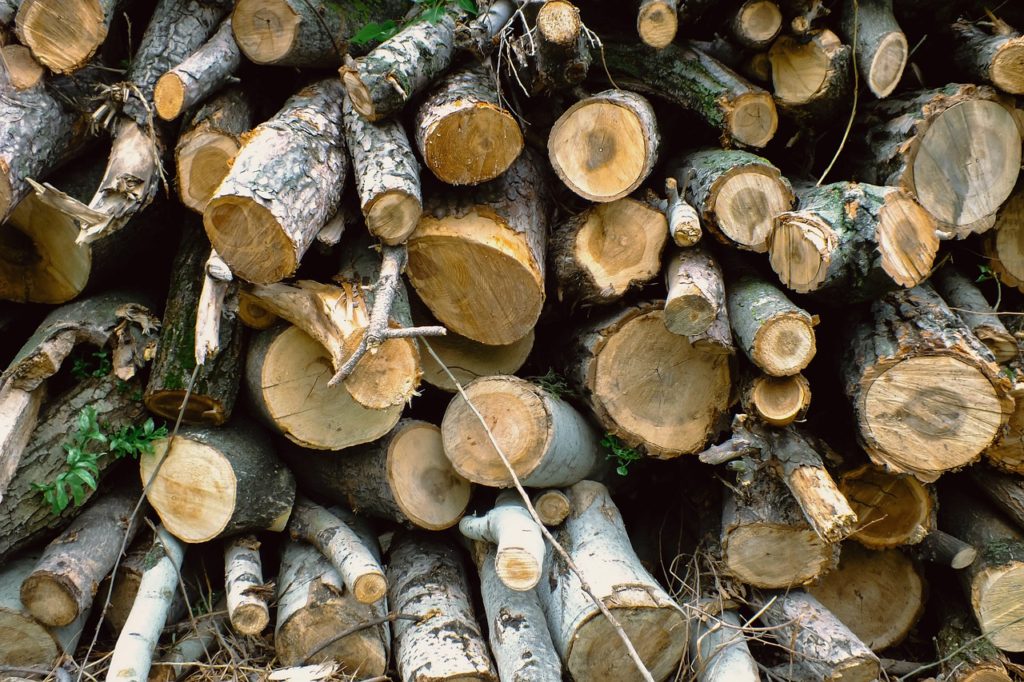
People often underestimate how much firewood it takes to stay warm all night. Fuel logs in particular will go quickly.
Pile up whatever you think you will need and then build an identical pile next to it. This will ensure you don’t run out.
24. Build Snow Goggles In The Snow

Snow blindness is a serious issue. If you are working in an area with lost of snow and lots of sunshine, you need to protect your eyes.
You can take any piece of material that will fit over both eyes and just cut slits so you can see but most of the light is blocked. Then just tie it on your head and you are good.
25. Blaze A Trail
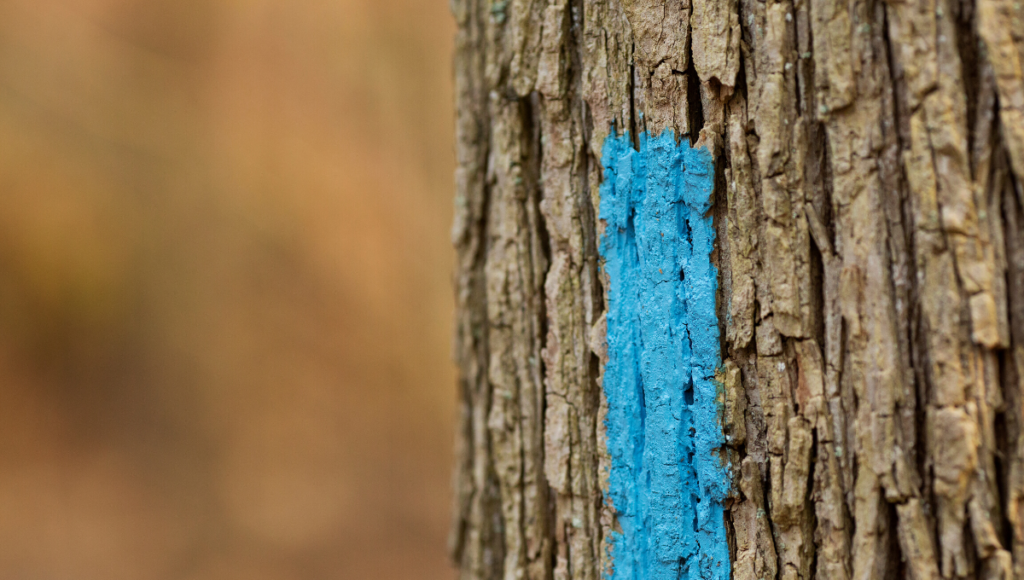
If you are hiking off-trail, indicate a clear way to get back to a trail or road.
As you hike, cut a small area out of the bark of a tree about every 20 to 30 feet. This will expose the white underbark so you can get back to safety if needed.
26. Build Ice Spikes
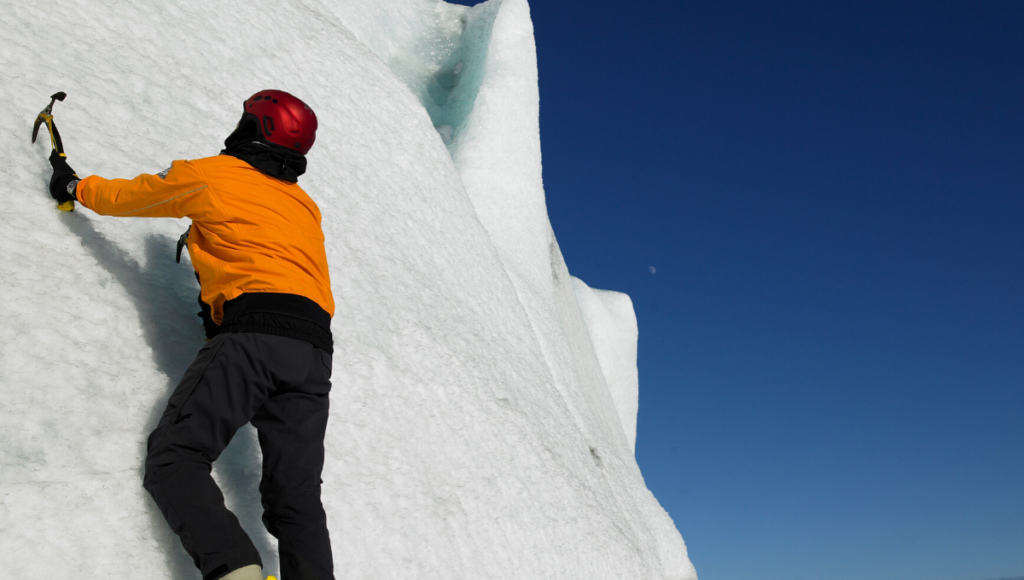
When crossing ice, build ice spikes – The biggest issue with falling through ice is not being able to get back out of the water.
If you have ice spikes you have a better chance. Cut two wooden handles and drive a nail into each handle. Then cut off the head of the nail and attach a wrist loop to each one.
Keep them on your wrists so you don’t lose them if you fall in. If you fall through the ice, just stab the solid sheet of ice to pull yourself out on your belly.
27. Never Throw A Knife Or Spear
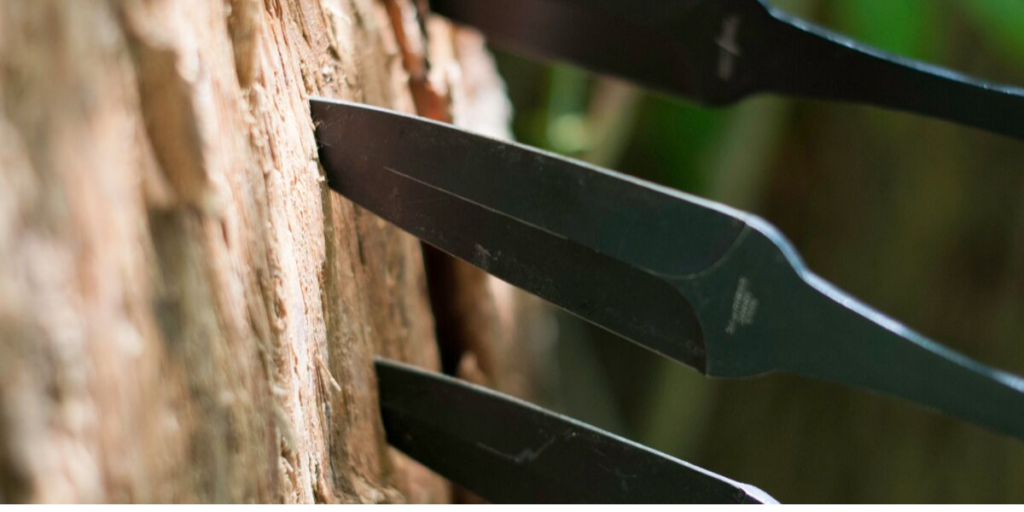
Despite what you see on television, throwing a weapon is rarely a good idea. Unless you have significant experience and can nail a small animal at 20 yards, I would avoid it.
Chances are you will miss your target and lose or break your weapon.
28. Use The sun To Predict Rain And Tell Time

If you wake up to a bright red sunrise, you will have a storm moving in from the west.
Also, if you hold your hand up between the sun and the horizon then each four fingers is an hour of remaining sunlight.
Final Thoughts
These are the type of wilderness survival tips that could possibly save your life in a survival situation. To best remember them, try to practice them on your own.
Test out a few on your next camping trip and you will be more prepared if you ever need to use them for real.
